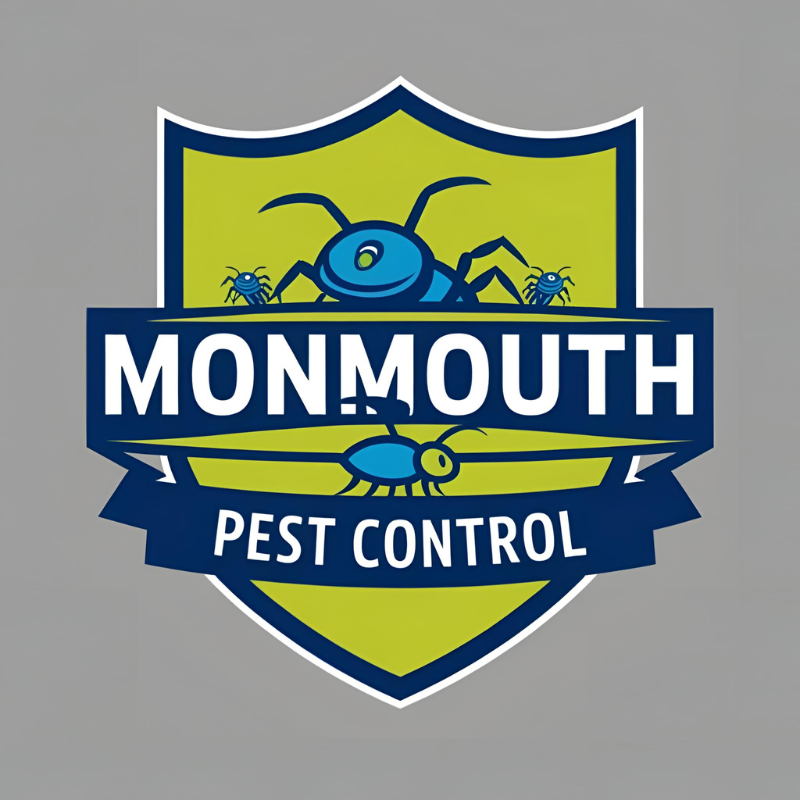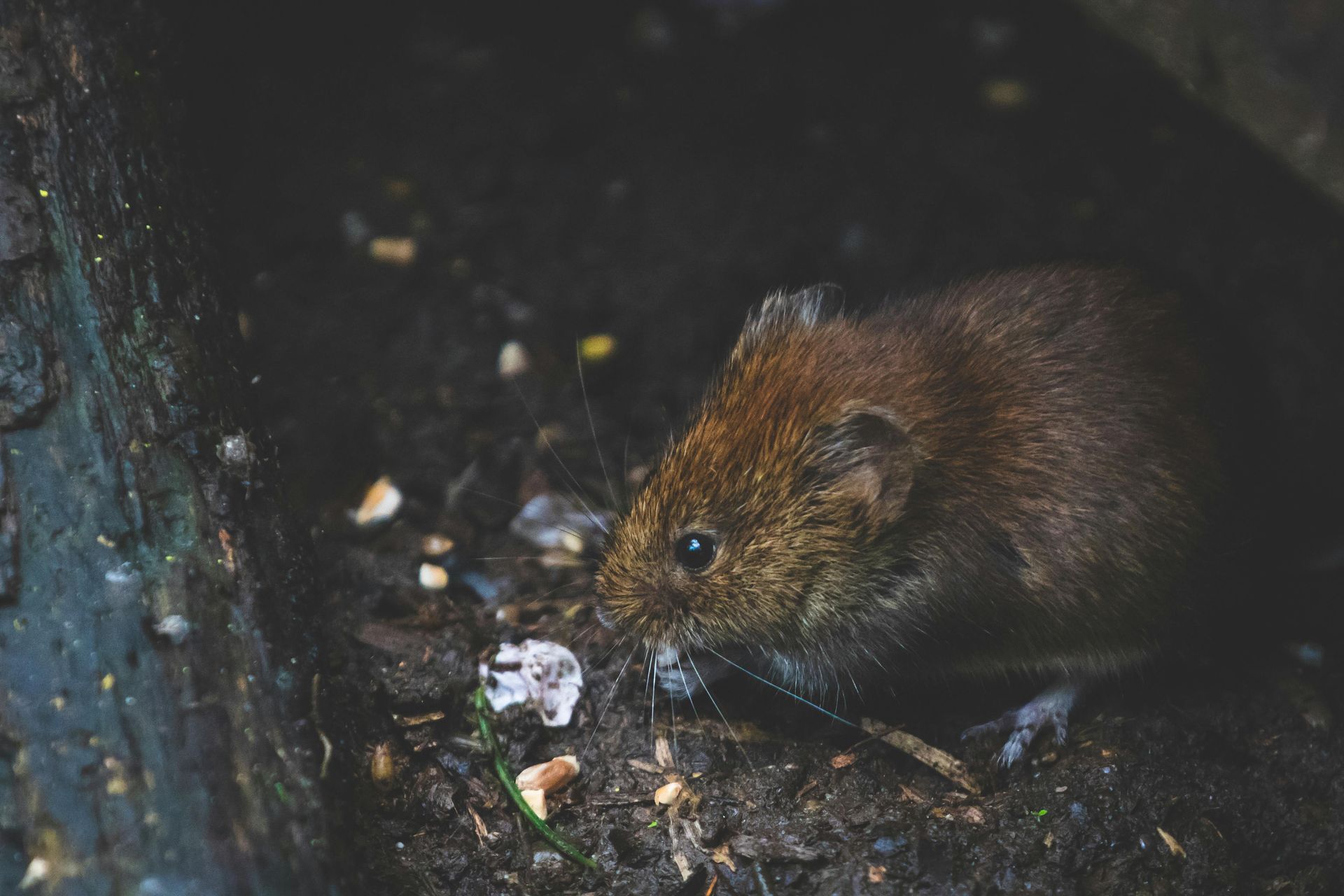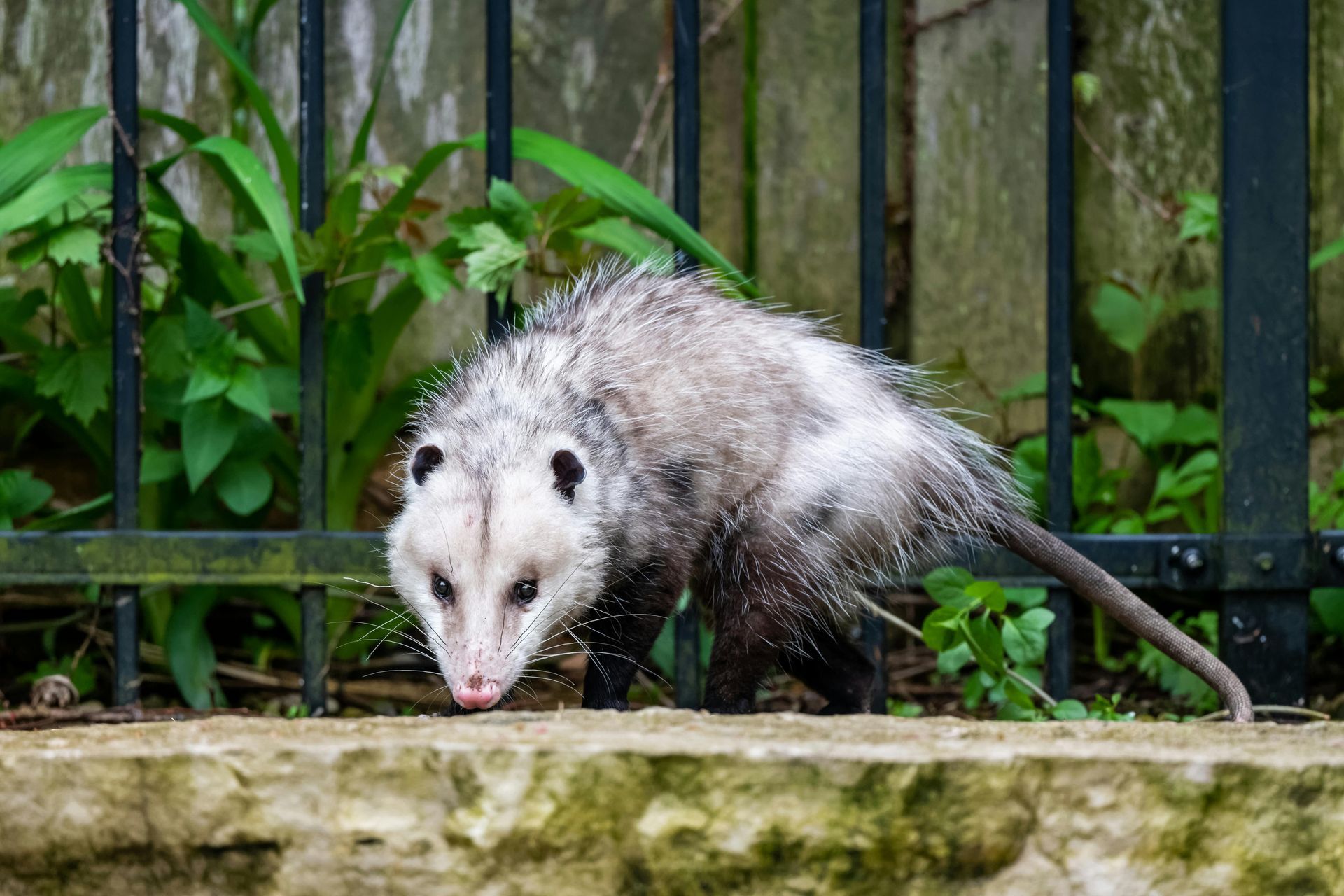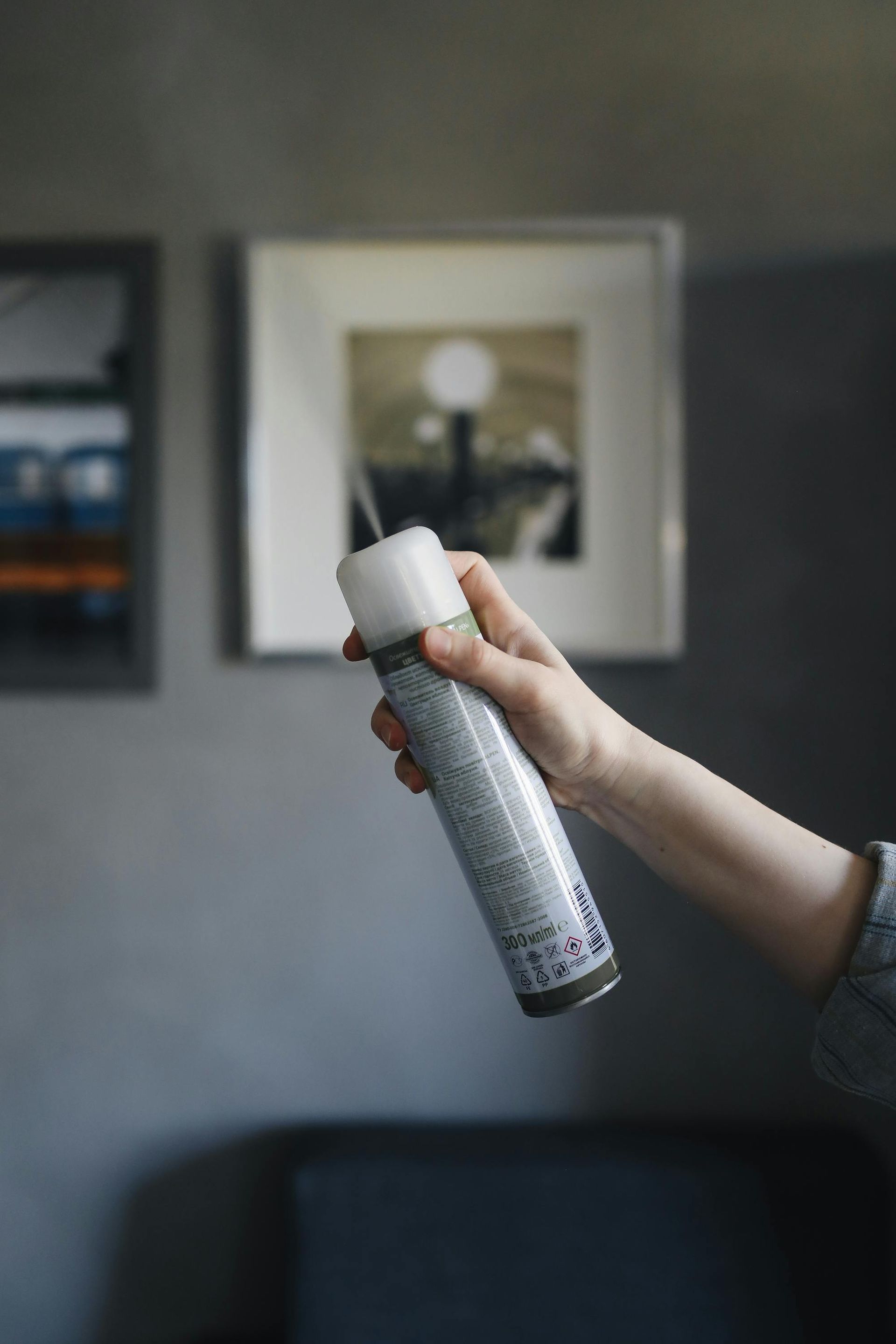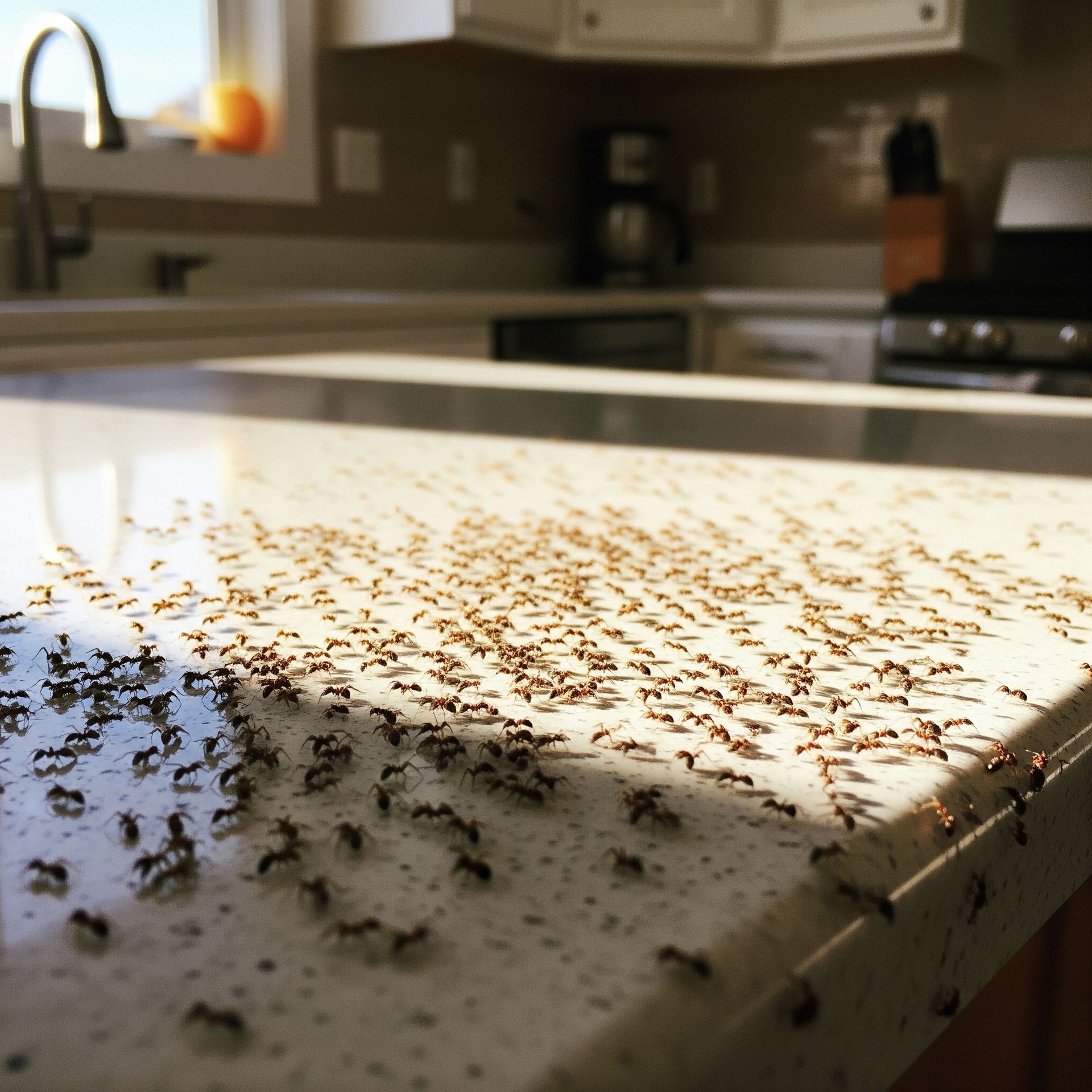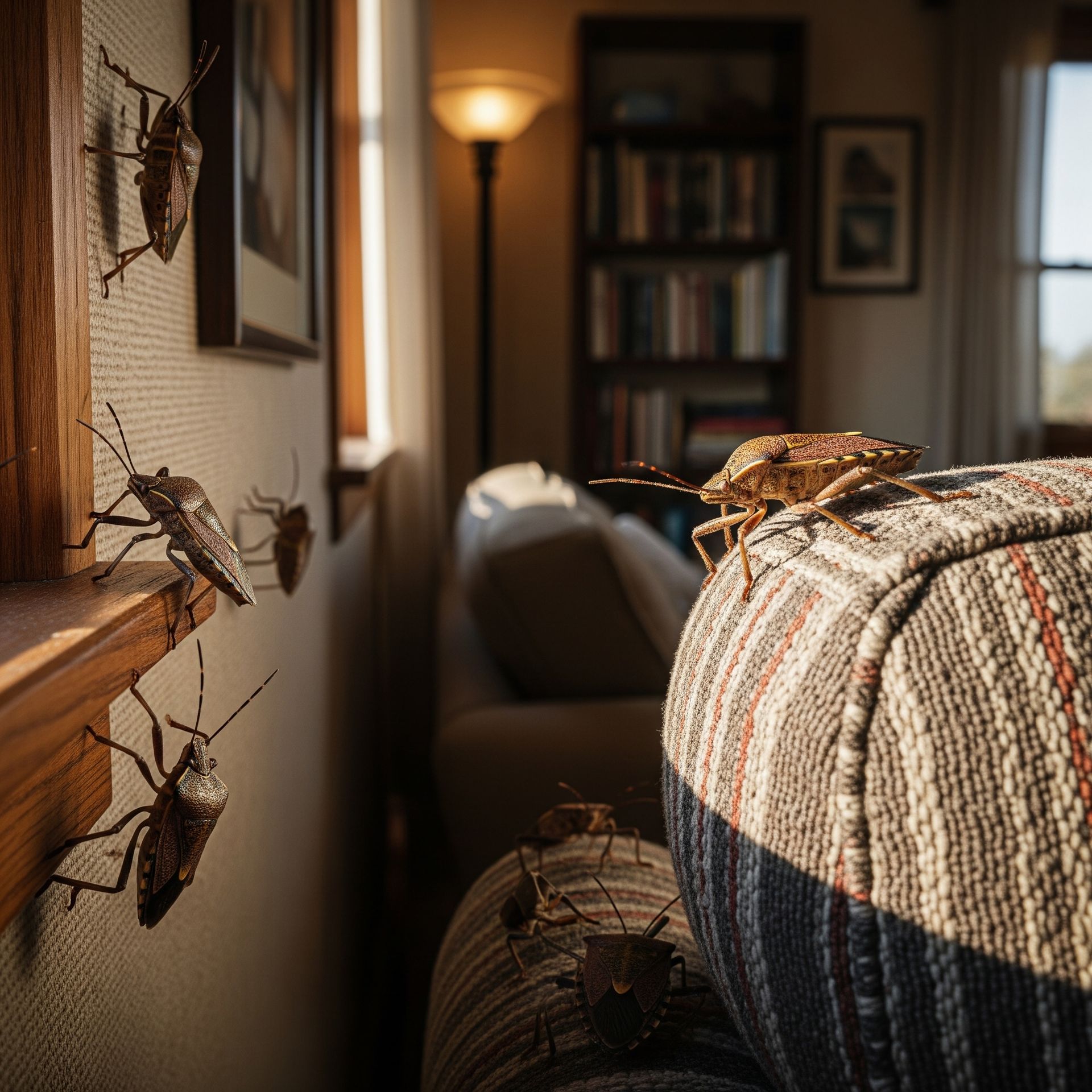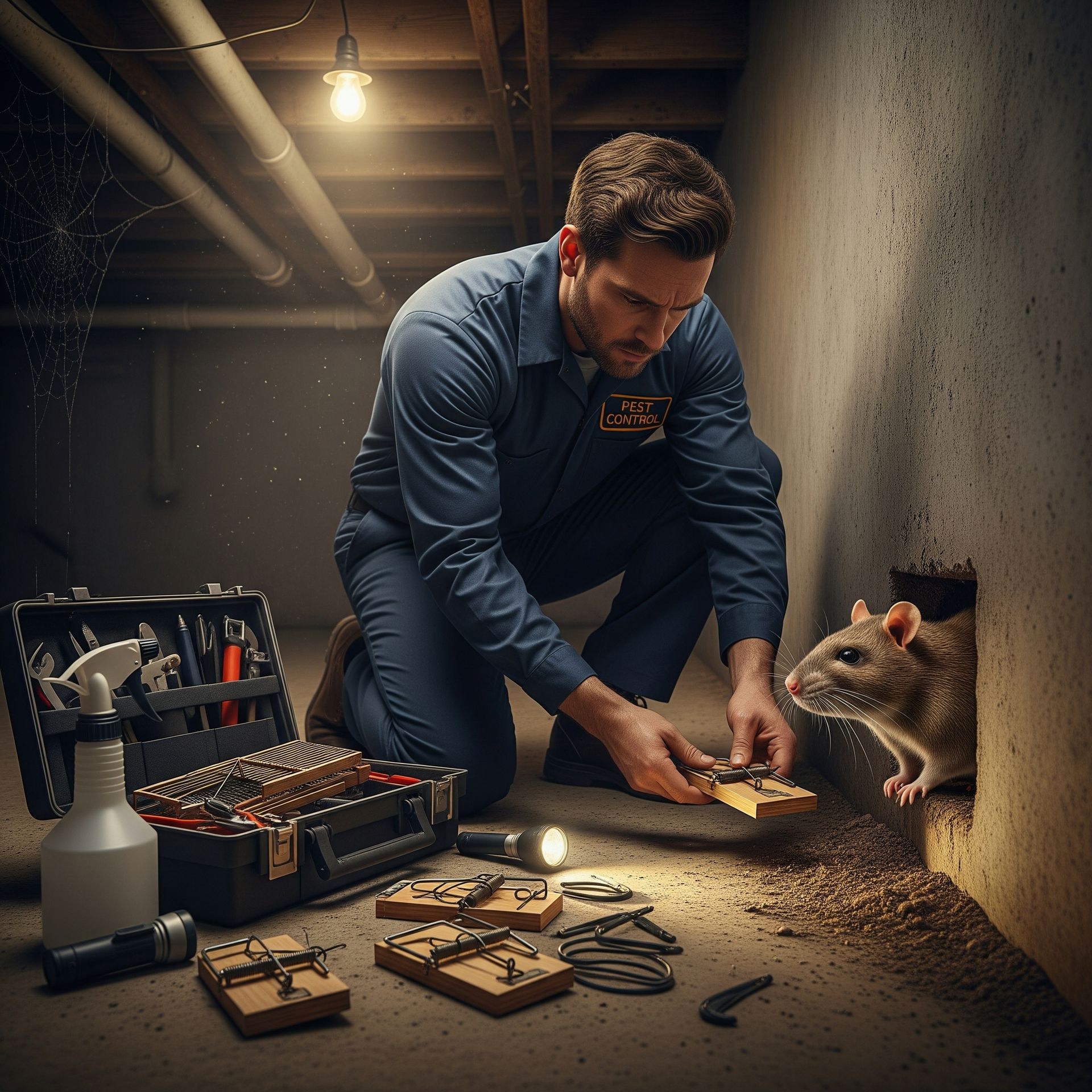How Seasonal Changes Affect Pests in Monmouth County, NJ
In Monmouth County, pests change their game as the seasons flip—spring wakes ants and mosquitoes start scouting, summer amps up biting and breeding, fall sends rodents breaking in for cozy spots, and winter makes most bugs hibernate but some sneak indoors for warmth. Rain and humidity also make pests pretty happy, especially mosquitoes. Staying ahead with year-round pest control and knowing these habits can keep you comfy all year. Stick around to catch the full picture of how to outsmart these seasonal nuisances.
Key Takeaways
- Spring in Monmouth County triggers nesting in ants, bees, and wasps, with early mosquito breeding in rain-filled containers.
- Summer brings peak activity and breeding of mosquitoes, ticks, and ants, with mosquitoes thriving in stagnant water.
- Fall sees rodents moving indoors for warmth, while mosquito activity declines due to cooler temperatures and less water.
- Winter reduces mosquito activity as many pests hibernate or seek indoor shelter for warmth and food.
- Local weather patterns, especially humidity and rainfall, significantly influence pest breeding, movement, and seasonal behavior in Monmouth County.
Spring Emergence of Insects and Their Nesting Habits
Even though the weather is just starting to warm up, you’ll notice insects waking from their winter naps and getting busy with their nests. Spring insect behavior really kicks into gear as these little creatures shake off the cold and start scouting for the perfect spots to build. You might see early nesting patterns popping up in your backyard or nearby trees—ants, bees, and wasps all have their own ways of setting up shop. It’s almost like they’re throwing a neighborhood block party, each one bringing something to the table. As you watch this unfold, you can feel a sense of connection to the natural world around you, like you’re part of a bigger community. These early activities are essential for their survival, and understanding them helps insect-specific services keep your space comfy and bug-friendly on your terms.
Summer Pest Activity and Increased Risks
Summer in Monmouth County means pests like mosquitoes and ticks are at their busiest, thanks to the heat that really gets them moving. You’ll notice these critters popping up more often, especially when the sun’s blazing and your backyard feels like their playground. It’s a good time to stay alert and keep your defenses up, because these little troublemakers don’t take a vacation.
Peak Summer Pest Types
Since the weather heats up, you’ll notice certain pests coming out in full force around Monmouth County. Bugs like mosquitoes, ticks, stink bugs, and ants become super active, following their seasonal patterns like clockwork. If you want to keep your home and yard comfy, knowing how to do proper pest identification is key. It helps you spot trouble early and handle it before it gets out of hand. Summer’s warmth and humidity create the perfect playground for these pests, so you’re not alone dealing with them. Think of it as joining a community of neighbors all trying to keep these uninvited guests in check. Stay alert, and you’ll be better prepared to enjoy the season without sharing it with creepy crawlies!
Heat-Driven Pest Behavior
When temperatures rise, pests don’t just come out—they go into overdrive. Because of their heat sensitivity, many pests change their behavior to handle the summer heat better. You’ll notice they become more active during cooler parts of the day, like early morning or late evening. This behavioral adaptation helps them avoid the hottest hours while still searching for food and shelter. You might also see an increase in bites or damage around your home since pests are working harder to survive. Knowing this, you’re not alone in tackling these summertime troubles. By understanding how heat drives pest behavior, you can better protect your space and enjoy summer without unwanted guests crashing the party.
Fall Migration and Rodent Infiltration
As the crisp air of fall rolls in, you might notice some uninvited guests trying to sneak into your home—rodents on their seasonal migration. During fall rodent migration, these critters look for cozy spots to settle, changing their nesting behavior as they seek warmth and food. You’re not alone in this; many neighbors face the same challenge as rodents scurry indoors.
Here’s a quick look at what’s going on:
| Rodent Activity | What It Means for You |
|---|---|
| Increased Movement | Rodents explore for shelter |
| Nesting Behavior Shift | Seeking warm, hidden spots |
| Food Search Intensifies | Rodents raid pantries |
| Entry Point Expansion | New ways to sneak inside |
Winter Pest Dormancy and Indoor Infestations
When winter hits Monmouth County, many pests like to play it cool by hibernating, but some still find their way inside your home looking for warmth and snacks. You mightn't see them right away, but those little critters are cozying up in your walls or basement. Learn about how to spot signs of pest infestation and keep your home pest-free all winter long.
Pest Hibernation Habits
Since cold weather makes it tough for pests to survive outside, many of them find clever ways to hibernate through the winter. You see, pests have some smart survival strategies that kick in when temperatures drop or food gets scarce—these are their hibernation triggers. They slow down their metabolism, curl up in cozy spots like under leaves or inside tree bark, and basically nap until spring arrives. It’s like they hit the snooze button on life! Knowing these habits helps you understand why some pests suddenly disappear in winter, only to return when it warms up. So, while it’s tempting to think pests just vanish, they’re really just hunkering down, waiting to make a comeback. Together, we can stay one step ahead of their sneaky winter game.
Indoor Pest Attraction
Even though winter makes most pests slow down, it doesn’t mean they disappear completely—many of them just move indoors to find a cozy spot. You see, your warm indoor environments become like a five-star hotel to them, especially when you have tiny pest entryways they can sneak through. These uninvited guests look for food, moisture, and shelter, making your home their winter hideout.
| Pest Type | Common Entryways | Favorite Indoor Spots |
|---|---|---|
| Ants | Cracks in walls | Kitchens, pantries |
| Spiders | Open windows, vents | Basements, corners |
| Rodents | Gaps around pipes | Attics, cupboards |
| Cockroaches | Drains, door gaps | Bathrooms, kitchens |
| Silverfish | Damp areas, cracks | Bathrooms, basements |
Winter Pest Prevention
Now that you know pests love sneaking indoors for the winter, let's chat about how you can stop them before they settle in. Winter preparations are key, and you don’t need to turn into a superhero overnight. Start with simple pest proofing strategies—seal cracks, fix screens, and clear clutter from your home’s edges. Pests go dormant outside but get active inside, so keeping them out feels like a team effort. Think of it as pest-proofing your cozy clubhouse; you want to keep out uninvited guests. Don’t forget to check doors and windows regularly, and store firewood away from your walls. Taking these small steps helps protect your space and keeps you comfy all season long.
Impact of Humidity and Rainfall on Pest Populations
When humidity and rainfall decide to team up, pest populations in Monmouth County can get pretty lively. You’ll notice that higher humidity levels create the perfect cozy spots for pests like spiders and silverfish, who love damp, warm places. Rainfall patterns also play a big role—each downpour can turn your yard into a mini water park for pests searching for new homes or food sources. If you’re part of our Monmouth community, you know these weather shifts mean more time spent watching out for unwanted critters sneaking inside or hanging around your garden. Understanding how humidity and rainfall affect pest behavior helps you stay one step ahead.
Seasonal Changes in Mosquito Breeding Patterns
Since mosquito breeding depends a lot on the seasons, you’ll notice their numbers changing as the year rolls on in Monmouth County. These little buzzers follow a mosquito lifecycle that reacts to temperature and water availability. Warmer months invite more standing water—perfect breeding environments—while colder months slow things down. Here’s a quick look at how the seasons affect their growth:
| Season | Breeding Environment | Mosquito Activity |
|---|---|---|
| Spring | Puddles, rain-filled containers | Emerging, low numbers |
| Summer | Stagnant water in yards | Peak breeding and biting |
| Fall | Cooler temps, less water | Declining activity |
You and your neighbors might notice those annoying summer bites spike, thanks to ideal breeding spots. Understanding this cycle helps you stay one step ahead, keeping your outdoor fun mosquito-free. Just remember, mosquitoes are as seasonal as your favorite Monmouth County festivals!
Preventative Measures for Year-Round Pest Control
Although pests seem to pop up out of nowhere, you can actually stay ahead by taking some simple steps all year long. Think of it like joining a club that’s all about keeping your home pest-free, where year round inspections are your VIP passes. Regular check-ups help spot trouble before it starts, so you’re not caught off guard by uninvited critters. Pair that with proactive treatments, and you’re basically sending pests a clear “no vacancy” message all twelve months. It’s not just about reacting when you see a bug scurry by—it’s about being the boss who stops them at the door. Plus, when you team up with local pros, you get tailored tips that fit Monmouth County’s unique pest scene.
Frequently Asked Questions
How Do Seasonal Changes Affect Pest Resistance to Pesticides?
You’ll notice pesticide efficacy can drop as pests develop seasonal resistance. They adapt to temperature and conditions, making treatments less effective. Staying informed helps you tackle pests confidently and keep your community safe together.
What Role Do Local Plants Play in Pest Population Fluctuations?
You’d think native flora in Monmouth County magically controls pests, right? Well, these local plants actually attract certain pests, causing population spikes. By understanding this, you’ll join a community protecting gardens through smart, natural pest management.
Are There Specific Pests Unique to Monmouth County?
You’ll find some unique insects in Monmouth County that contribute to regional infestations. By connecting with locals, you’ll better understand these specific pests and join a community that’s proactive in managing them together.
How Do Climate Change Trends Impact Pest Behavior Annually?
You’ll notice that rising temperature thresholds cause pests to expand their range, increasing pest migration. This shifts local pest behavior yearly, so staying connected with your community helps you adapt and protect your home effectively.
Can Pets Influence the Presence of Pests Around the Home?
Don’t beat around the bush—if your pet’s hygiene slips, pests might find your home a cozy spot. Keeping pets clean helps reduce pest attraction, so you and your furry friends can enjoy a pest-free haven together.
Final Thoughts
You’ve seen how seasonal shifts stir up pesky problems in Monmouth County, from spring’s sneaky insects to winter’s indoor invaders. Staying sharp and setting simple safeguards can save you a lot of stress and scratching later. Remember, pests play peek-a-boo with the weather, so being proactive keeps your home happy and hassle-free all year long. Don’t let these critters crash your comfort—keep pest problems at bay by contacting a professional pest control provider today!
